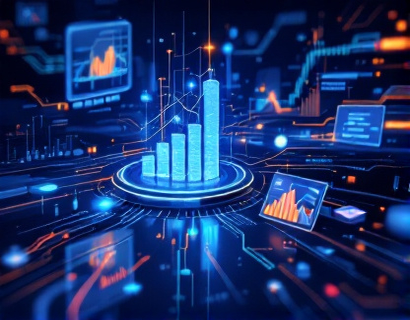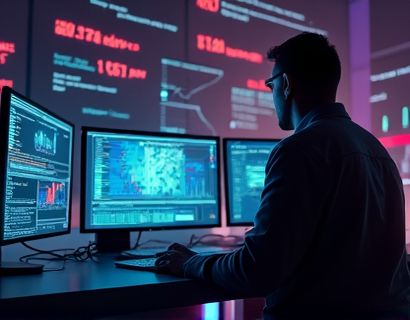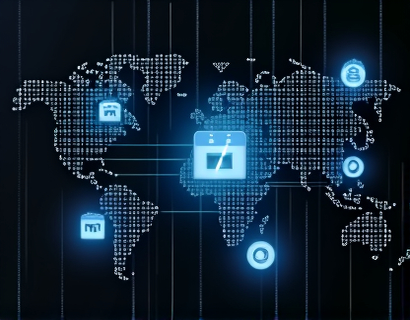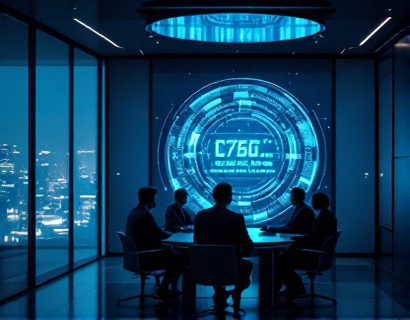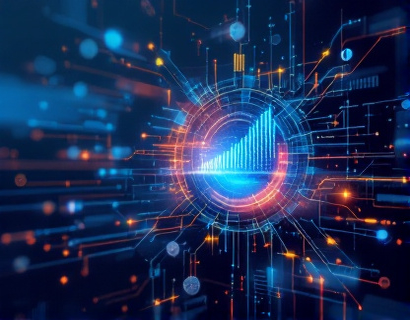Blockchain Technology: Transforming Real-World Assets
Blockchain technology is at the forefront of a revolutionary shift in asset management, offering a novel way to tokenize real-world assets. This transformation is not just a technological advancement but a paradigm shift that significantly enhances liquidity and broadens market accessibility. By integrating physical assets into the digital ecosystem, blockchain provides a secure, transparent, and efficient framework for asset management.
The traditional approach to asset management involves numerous intermediaries, complex paperwork, and prolonged transaction times. These factors often lead to reduced liquidity and limited market reach. Blockchain technology addresses these challenges by creating a decentralized and immutable ledger that streamlines processes and ensures trust without the need for intermediaries.
Tokenization of Real-World Assets
Tokenization is the process of converting rights to an asset into a digital token on a blockchain. This process allows real-world assets such as real estate, art, vehicles, and even intangible assets like patents and copyrights to be represented in the digital space. Each token represents a fraction or the entirety of the asset, making it easier to trade, manage, and monetize.
The benefits of tokenization are manifold. Firstly, it increases liquidity by enabling fractional ownership, which was previously impractical due to the high costs and complexities associated with owning physical assets. Investors can now purchase small tokens representing parts of assets, thereby lowering the entry barrier and increasing market participation.
Secondly, tokenization enhances transparency. All transactions and ownership changes are recorded on the blockchain, providing a tamper-proof and auditable trail. This transparency builds trust among participants and reduces the risk of fraud and errors.
Enhancing Market Accessibility
Blockchain technology democratizes access to asset markets that were once exclusive to a select few. By tokenizing assets, individuals and small businesses gain access to investment opportunities that were previously out of reach. This inclusivity fosters a more diverse and dynamic market, driving innovation and economic growth.
For instance, real estate investment, traditionally limited to those with substantial capital, can now be democratized through real estate tokens. Investors can buy, sell, and trade these tokens on decentralized exchanges, similar to stocks and bonds, with greater ease and lower transaction costs.
Streamlining Transactions
The efficiency gains from blockchain-based asset management are significant. Traditional asset transactions often involve multiple steps, including due diligence, legal agreements, and settlement, which can take weeks or even months. Blockchain simplifies these processes by automating and decentralizing them through smart contracts.
Smart contracts are self-executing contracts with the terms of the agreement directly written into code. They automatically trigger actions when predefined conditions are met, eliminating the need for intermediaries and reducing the risk of human error. This automation not only speeds up transactions but also reduces costs associated with intermediaries such as lawyers and banks.
Secure and Trustworthy Environment
Security is a paramount concern in asset management, and blockchain technology addresses this by providing a robust and secure framework. The decentralized nature of blockchain means that data is stored across a network of computers, making it highly resilient to attacks and data breaches.
Each transaction on the blockchain is encrypted and linked to the previous transaction, forming a chain that is nearly impossible to alter without consensus from the network. This immutability ensures that once a transaction is recorded, it cannot be tampered with, providing a high level of trust and reliability.
Case Studies and Real-World Applications
Several industries have already begun to leverage blockchain for asset tokenization, demonstrating its practical applications and benefits.
In the real estate sector, companies like RealT have launched platforms that allow users to buy, sell, and trade fractional shares of properties using blockchain tokens. This approach not only increases liquidity but also provides investors with a more flexible and accessible way to participate in the real estate market.
The art world has also embraced blockchain, with platforms like SuperRare using NFTs (Non-Fungible Tokens) to authenticate and sell digital and physical art. This ensures that artists receive fair compensation and collectors can verify the authenticity and provenance of their purchases.
In the automotive industry, companies like Veolia are exploring blockchain to tokenize vehicle ownership and facilitate peer-to-peer car sharing. This not only enhances the efficiency of car usage but also opens up new revenue streams for car owners.
Challenges and Considerations
Despite the numerous advantages, the tokenization of real-world assets through blockchain is not without challenges. Regulatory uncertainty remains a significant hurdle, as different jurisdictions have varying approaches to blockchain and tokenized assets. Compliance with these regulations is crucial to ensure legal and operational smoothness.
Another challenge is the technical complexity involved in implementing blockchain solutions. Organizations need to invest in the right infrastructure and expertise to integrate blockchain effectively. Additionally, educating stakeholders about the benefits and mechanics of blockchain is essential for widespread adoption.
Future Prospects
The future of asset management through blockchain looks promising. As more industries adopt this technology, we can expect to see further innovations and improvements. The integration of blockchain with other emerging technologies such as the Internet of Things (IoT) and artificial intelligence (AI) could lead to even more sophisticated and efficient asset management systems.
Moreover, the growing interest in sustainable and impact investing aligns well with the transparency and traceability offered by blockchain. Tokenized assets can provide clear evidence of environmental and social impact, catering to the increasing demand for responsible investments.
In conclusion, blockchain technology is transforming the way real-world assets are managed, traded, and invested in. By tokenizing assets, it enhances liquidity, transparency, and efficiency, while providing a secure and trustworthy environment. As the technology matures and regulatory frameworks evolve, the potential for blockchain to revolutionize asset management will continue to unfold.



